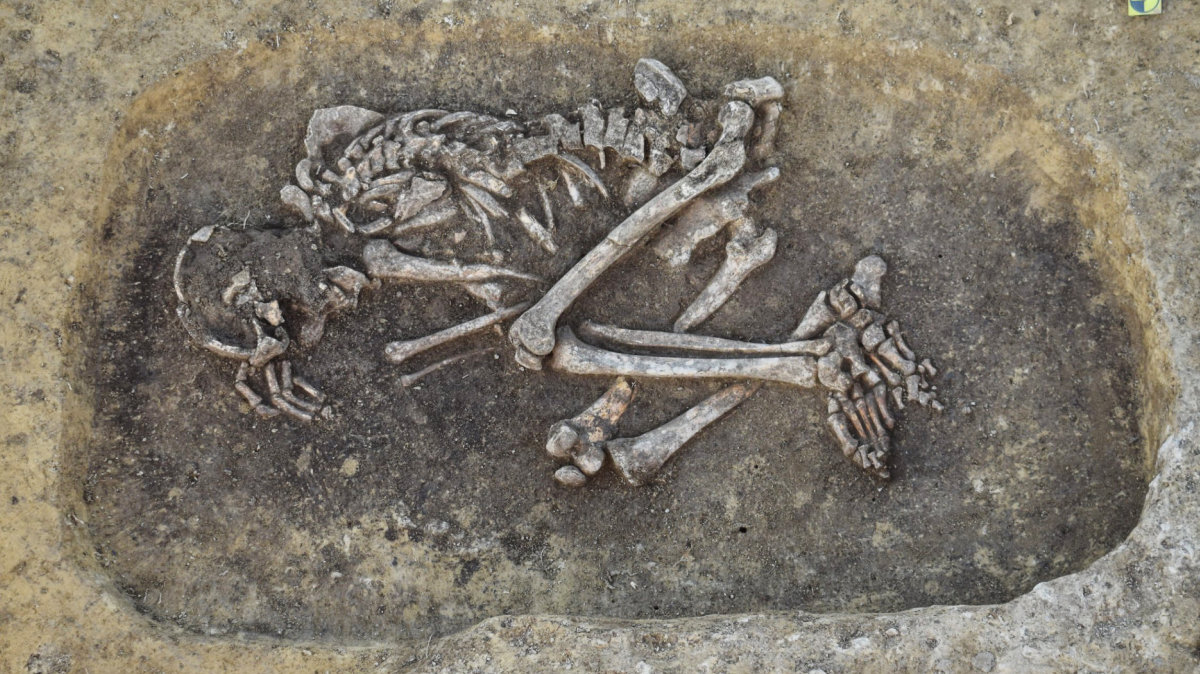The oldest plague victims in Austria were found as part of an interdisciplinary analysis of the Early Bronze Age burials in Drasenhofen. They date from the early Bronze Age (approx. 2000 BC) and are therefore around 4,000 years old. So far, finds from the Middle Ages have been considered the oldest victims of the plague. The plague victims now identified are two male individuals who died at the ages of 23 to 30 and 22 to 27 years. They were buried not far from each other in a row of 22 graves.
Two different plague pathogens
“Their graves are on the outskirts, so one might have been aware that they died of a contagious disease,” says archaeologist Katharina Rebay-Salisbury from the Austrian Archaeological Institute of the Austrian Academy of Sciences (ÖAW). The results of the study has She, who also conducts research at the University of Vienna, has just published it with six other scientists in the journal “Archaeologia Austriaca”, which is published by the ÖAW.
How did the posthumous plague diagnosis come about? In cooperation with the Max Planck Institute for Evolutionary Anthropology in Leipzig, genetic relationships among the dead were first examined. Surprisingly, they also provided evidence of the plague pathogen “Yersinia pestis”. Samples were specifically taken from inside the tooth crowns, as this is where blood vessels run. Thus, it is possible to detect pathogens that were in the blood at the time of death of the individual.
Despite the spatial and temporal proximity, the genetic analyzes of the two dead show two different strains of plague bacteria. So it is not an infection that was passed on within the Bronze Age group, but two independent infection events.
Plague affects more men than women
“Unlike later in the Middle Ages, the plague may not have been transmitted by fleas because the early plague bacteria lacked important genetic properties for this. There could therefore have been other routes of infection, such as droplet infections or the consumption of infected meat,” says Rebay-Salisbury . The fact that there are two men is quite symptomatic: “In the compilation of all previously published plague victims of later prehistory in Eurasia, we observe that more men than women died from the plague,” says Rebay-Salisbury. 27 male dead versus 11 female. The reason for this imbalance has yet to be researched.
The plague is a so-called zoonosis, i.e. a disease that can be transmitted from animals to humans. Rodents are the most common species today, but it is possible that other species have played a role as hosts in the past. The men could have been shepherds, or they could have been exposed to the plague pathogens as part of transhumance or migratory grazing, accompanying herds to alpine pastures according to the seasons. Contact with wild animals, for example in connection with hunting, seems possible. Likewise, participation in military campaigns could have accelerated the spread of the plague.
